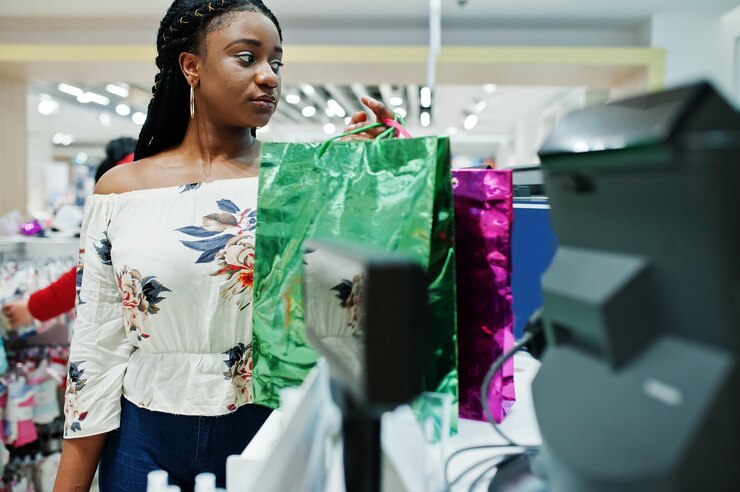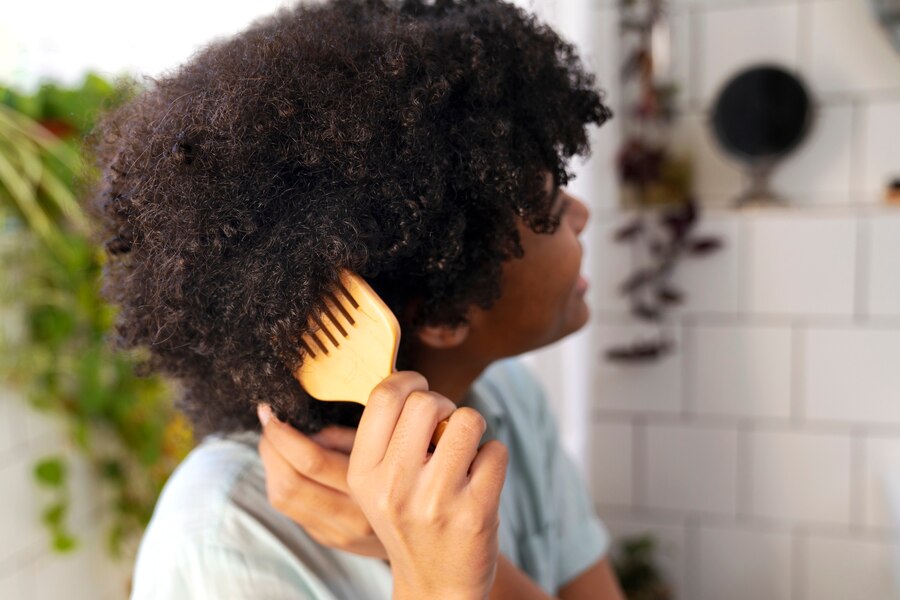The rise of e-commerce and global trade has made shopping more convenient than ever. From luxury handbags to electronics and pharmaceuticals, fake goods infiltrate the market, posing financial, safety, and ethical concerns. Learning to identify authentic products is crucial to protecting your money and health. Here are key strategies to ensure you get genuine items.
1. Inspect Packaging and Labels
Authentic products usually come with high-quality packaging. Look for details such as clear printing, precise logos, and intact seals. Spelling errors, faded colors, or inconsistent branding are red flags. For products like electronics and cosmetics, check the barcode or QR code to verify its legitimacy with the manufacturer.
2. Compare Prices
If the price seems too good to be true, it probably is. Counterfeiters often lure buyers with significantly lower prices. Familiarize yourself with the average market price of the product to spot unrealistic discounts.
3. Verify Serial Numbers and Certificates
Many high-end products, such as electronics, watches, and designer goods, come with serial numbers or certificates of authenticity. Visit the manufacturer’s website or contact their customer support to confirm the validity of these identifiers.
4. Analyze the Product Quality
Counterfeit goods often skimp on quality. Examine the material, stitching, and overall craftsmanship of items like clothing, shoes, and accessories. For electronics, test the functionality to ensure it meets the brand’s standards.
5. Use Product Authentication Tools
Many brands now use technology to combat counterfeiting. For example, RFID tags, holographic stickers, and blockchain-based authentication systems help verify a product’s authenticity. Apps like Certilogo or Entropy can also scan and confirm certain items.
8. Beware of Too Much Stock
Counterfeit sellers often claim to have unlimited quantities of high-demand items, even when they’re sold out elsewhere. Authentic products, especially limited-edition ones, rarely have excessive stock.
9. Check for Safety and Regulatory Marks
For items like pharmaceuticals, electronics, and food, ensure they meet safety and regulatory standards. Look for certifications such as CE (European Conformity) for electronics or FDA approval for medicines.
10. Trust Your Instincts
If something about the product, seller, or transaction feels off, trust your instincts and walk away. It’s better to miss a deal than to risk purchasing a fake.
Conclusion
In today’s era of counterfeits, vigilance is essential to avoid falling prey to fake goods. By purchasing from reputable sources, scrutinizing details, and using modern authentication tools, you can protect yourself and ensure you’re investing in genuine, high-quality products. Stay informed and shop smart to make confident buying decisions.




